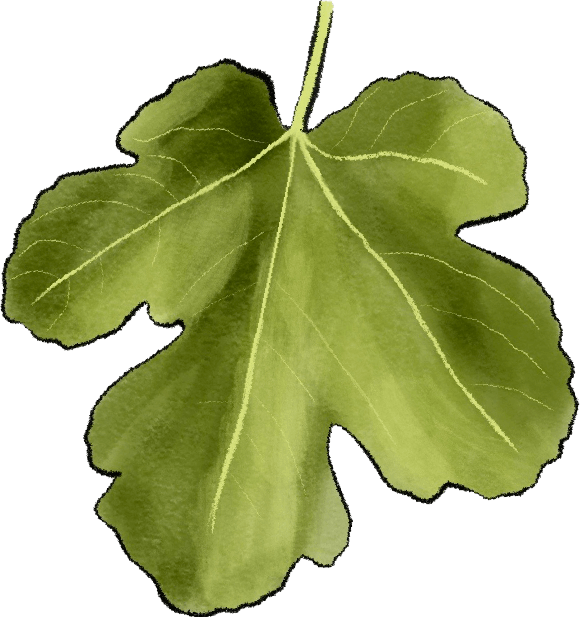Congratulations on acquiring your precious little figgy (or maybe even two)! Hopefully, you got them from me, and if so, you’re already off to a great start. I’m here to guide you with some essential tips and information to ensure your fig trees thrive and bring you years of joy. Let’s get started!
Up Pot: If you bought your figgy from me, you’ll want to up-pot it sooner rather than later! My rooted cuttings come with well-developed tops, and in most cases, up-potting is not just beneficial—it’s practically a must. If your purchase was made during the winter or early spring, getting it into a larger pot early will yield fantastic results. Think of it as giving your figgy the head start it deserves, allowing it to spread its roots, establish itself, and reward you with vigorous growth in the near future. Trust me, the extra effort now will pay off in spades!
Watering: Keep the soil consistently moist, but never soggy—fig trees appreciate balance when it comes to hydration. Ensure the pot has excellent drainage, as standing water can lead to root rot and other issues. To avoid overwatering, use your finger to check the soil’s moisture level; if the top inch feels dry, it’s time to water.
During hot weather, especially under grow lights, your figgy may need daily watering to stay happy and hydrated. Pay close attention to its needs, as warm temperatures and increased evaporation can dry the soil quickly. A little diligence goes a long way in keeping your fig thriving through the heat!
Fertilizing: I prefer using liquid fertilizers because they allow for precise control over the NPK (nitrogen, phosphorus, and potassium) ratios. Most liquid fertilizers recommend diluting, for instance, 1 ounce of product in 1 gallon of water. For a fertilizer with an NPK ratio of 10-10-10, this means you’re providing 10% nitrogen, 10% phosphorus, and 10% potassium with each application.
When fertilizing my newly rooted cuttings, I take extra care to avoid overwhelming them. I dilute the fertilizer further by doubling the amount of water and halving the recommended amount of fertilizer. This gentle approach ensures that the young roots receive essential nutrients without the risk of over-fertilization.
It’s particularly important because the rooting medium I use—typically coco coir or peat moss—contains no inherent nutrients for the newly formed roots to draw from. This method gives my cuttings the boost they need to establish themselves while minimizing stress during their critical early stages of growth.
Not too long ago I created a nifty video showing my method of up potting a fig pop and I strongly recommend watching it. Ach du lieber!
If you’d like to reach out to me privately, please use the contact form on this site.
Subscribe to receive blog updates by email.
Stay tuned, keep on rootin’ and happy growing!

Leave a Reply